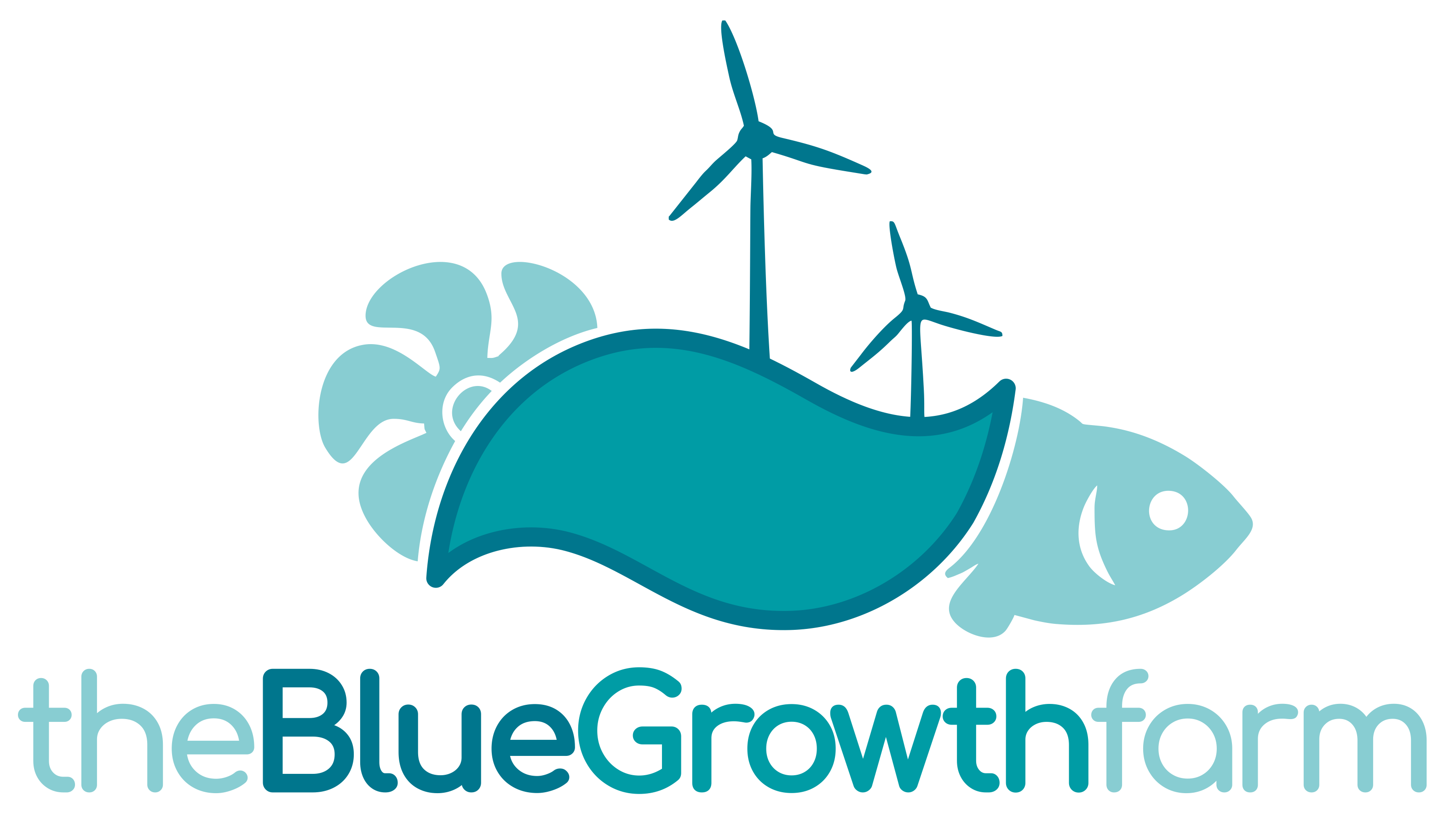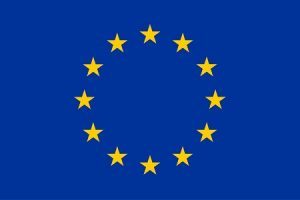The global demand of seafood is growing rapidly, but currently there is a shortage in the supply of the near future due to the combined effects of over-exploitation by commercial fisheries, habitat degradation and poor water quality.
Further expansion of aquaculture, both land-based and nearshore, is limited for a variety of reasons, such as economic, socio-political, environmental, technical and resource constraints.
However, moving offshore creates significant advantages and opportunities in meeting the global demand for food especially when the aquaculture system is combined with other activities such as renewable energy production.
In fact, joint exploitation of offshore wind and wave energy resources has also a number of advantages that include:
- higher availability of produced power when swells continue after the wind has declined
- higher quality of power delivered to the grid when mixing the power from wind and wave energy
- lower structural and erection costs per MW if the two converter systems share the same base structure
- lower electric cable cost per MW by sharing the same transmission cable
- lower operation and maintenance costs
- less area and environmental impact for combined farms
Moreover, open sea farming has evident benefits as well:
- greater water exchange leading to increased oxygen levels, reduced ammonia, improved waste dispersion
- lower impact on the benthos, due to improved waste dispersal
- more stable temperature and salinity conditions
- reduced fouling of the equipment
- better quality fish due to muscle use in stronger currents
- reduced risk of disease
However, offshore sea conditions are more challenging and requires innovation in the technologies, as well as infrastructure design solutions in order to withstand the much higher energy environment compared to that experienced by current traditional inshore fish farming facilities.
In addition, due to potentially limited operator access to the farm under storm conditions, there is a need to develop and implement greater mechanisation, automation and remote management of routine production operations from feeding to harvesting.
Therefore The Blue Growth Farm project aims at developing and demonstrating an automated, modular and environmentally friendly multi-functional platform for open sea farm installations of the Blue Growth Industry.
The main challenges for the project consortium are:
- design for low environmental impact
- study solutions for the diverse interactions (wind rotor – concrete platform; concrete platform modules connection; concrete platform – cage connections; cage connections – mooring system)
- provide mitigating solutions to the different interactions between the installed technologies, fish farm and living sea environment
- Optimise / maximise production rate and profitability

